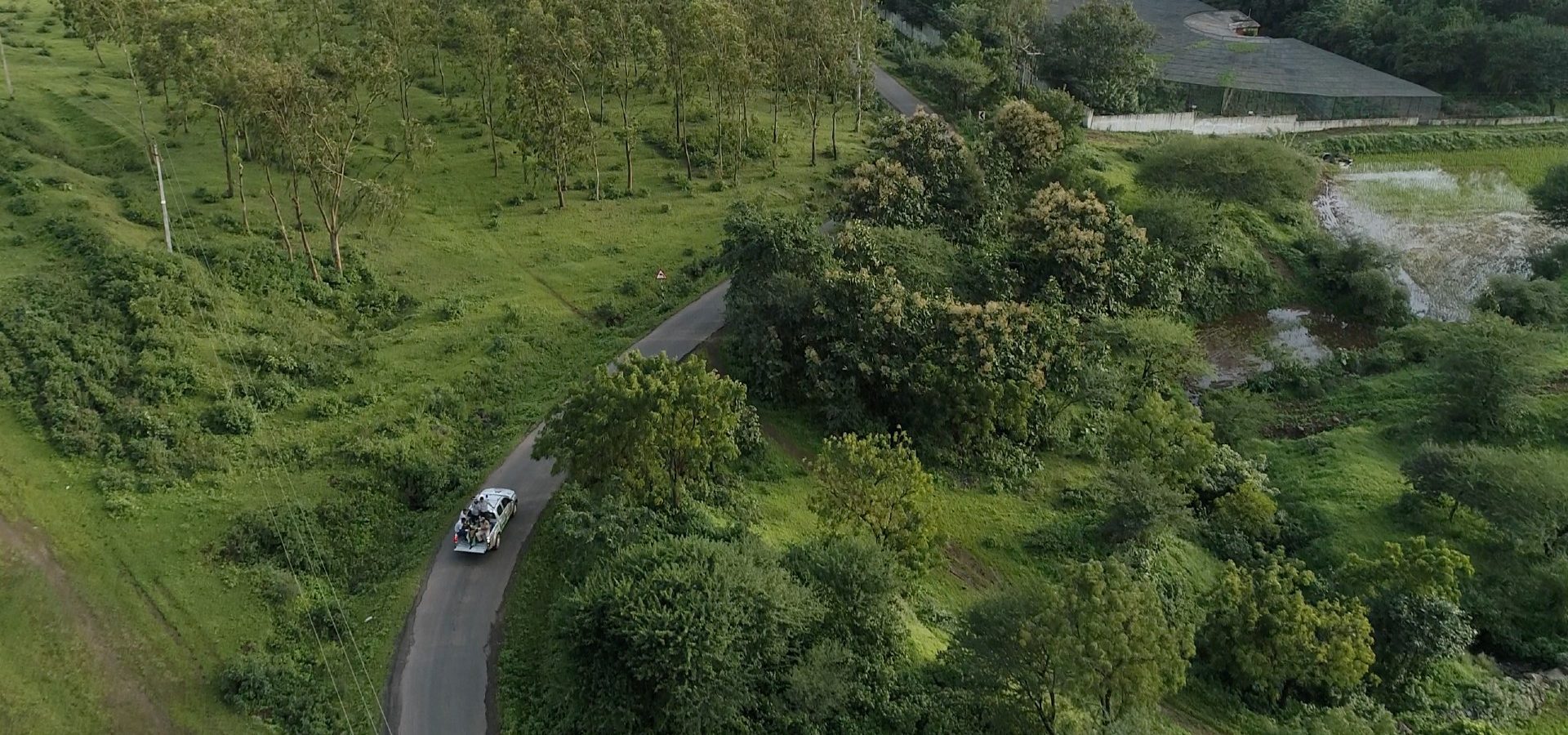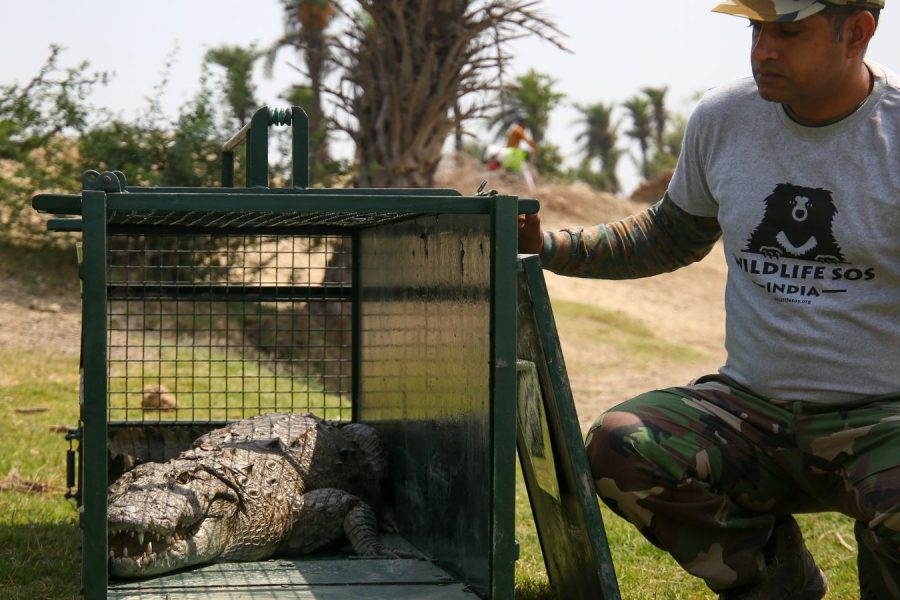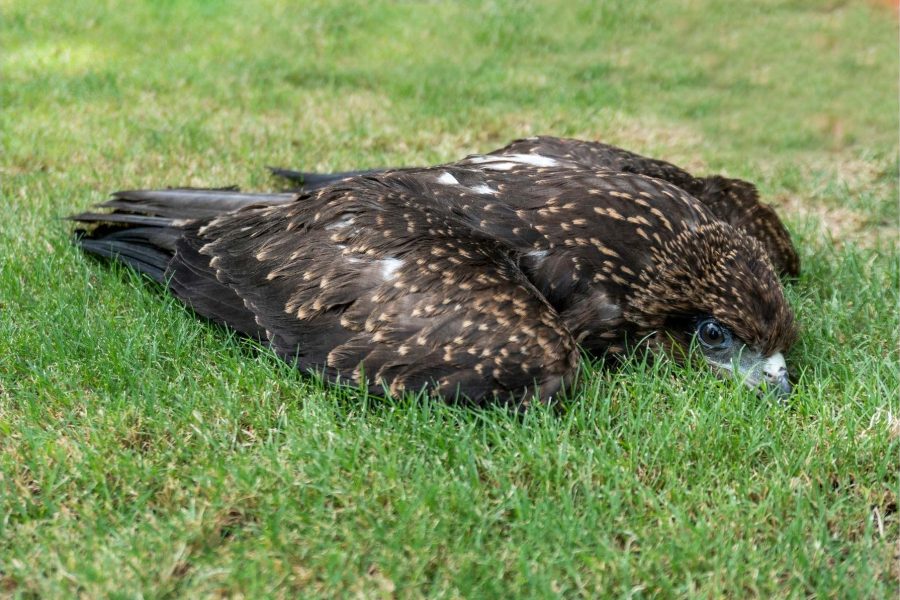Traipsing through the sugarcane fields of Maharashtra, leopards are on a perpetual prowl to survive in a rapidly urbanising world that has been claiming more of the forest cover. With their habitat declining, leopards are seen more commonly in villages and towns of this western Indian state. Maharashtra has the third-highest population of the Indian Leopard – 1,690 individuals according to the ‘Status of Leopards in India, 2018’ report.
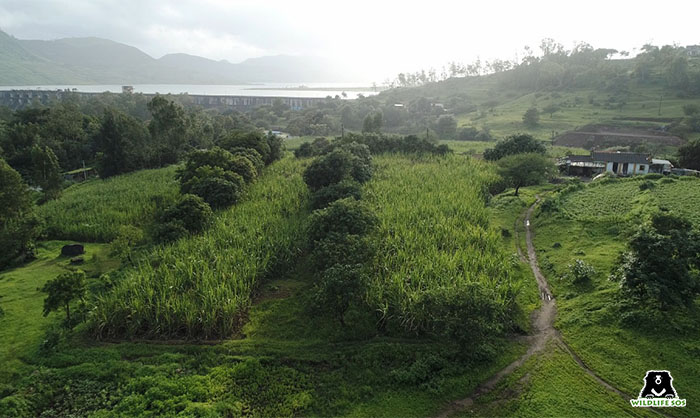
Incidents of human-leopard conflict in Maharashtra have become more frequent in the last two decades due to shrinking forests and human encroachment. In 2016, the district of Ahmednagar alone recorded a total of 30 leopard deaths in a span of merely nine months. Media reports revealed that out of the 30 leopards, 12 died in accidents like falling into open wells. More recently, reports from 2021 showed that over a span of 140 days, 87 leopards had lost their lives in the state, out of which 33 were victims of road accidents.
A Myriad of Obstacles
Villages and towns have sprung up exactly where leopards once roamed. The present day human-occupied land is what used to be the leopards’ ancestral land. This sudden change has become a cause of human-leopard conflict, where the leopard is seen as a threat. That is why Wildlife SOS operates the Manikdoh Leopard Rescue Centre to house and care for leopards caught in conflict.
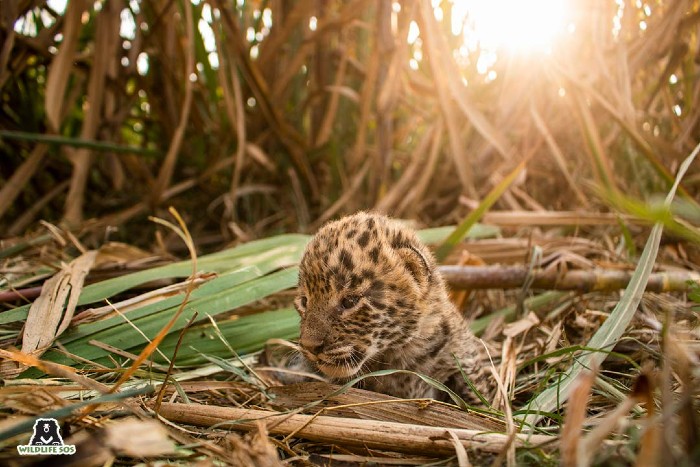
Despite the struggle for survival, leopards have adapted to changing habitats skilfully. The sugarcane plantations which have replaced the once dense forests are now the ideal birthing place for leopard mothers. Amidst the thick stalks of sugarcane, a mother usually gives birth to a litter of two to four cubs. Sugarcane fields have grown vastly in recent years, and since the leopards’ birthing period coincides with sugarcane harvesting, that is when most encounters occur.
Open wells, ranging from 30 to 100 feet deep, have also become significant threats to leopards. The villages of rural Maharashtra are perforated with these wells, with 30-50 of them present in each village. Most of the time the animals, mostly nocturnal ones like leopards, are unaware that there is a hole in the ground. Open wells are another downside of human encroachment, and leopards of Maharashtra have yet to overcome this major hindrance.
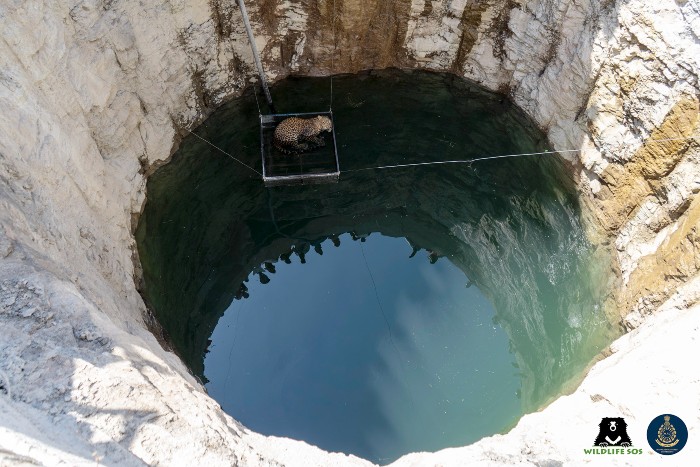
The negative impacts that they can face after falling into these wells are manifold. If they fall into dry wells, they either die instantly or suffer lingering deaths if not rescued. Those falling inside water-filled wells may suffer grievous injuries, exhaustion and dehydration. If not rescued, they can drown and suffer a painful death.
Role of Forest Dwelling Communities
Working in tandem with villagers dwelling near forests is crucial to leopard conservation. Hence, Wildlife SOS has worked closely with these communities to apprise them about the prevailing situation, and propagate the possibility of mutual coexistence.
The Wildlife SOS team at MLRC has organised several interactive leopard awareness programmes with locals. In one of the villages, the engagement with the community was centred around the increasing confrontation with big cats in the area. The reason behind this was the close proximity of agricultural fields to the forest areas. To solve this problem, the team laid out the necessary precautions that should be ensured to contain such events.
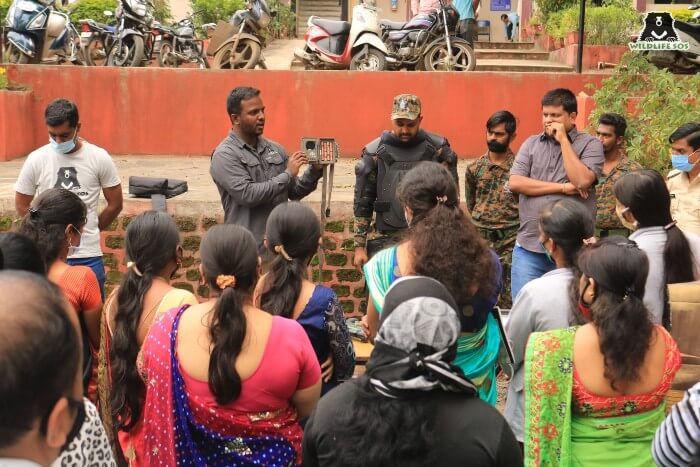
Wildlife SOS also conducts awareness programmes on human-leopard conflict mitigation in schools and colleges. During these sessions, our team explains the many reasons behind human-leopard conflict, provides instructions on avoiding confrontation with leopards and minimising situations of conflict. These steps have helped immensely, and now the villagers aid our team in reuniting cubs and leopard mothers, having accepted the leopards in their landscape.
Rescues and Reunions
Forests in Maharashtra have undergone vast modifications due to human activities. In addition to organising awareness programmes, there are other intervention measures required to solve this problem, which come in the form of conducting rescues.
Wildlife SOS has been conducting leopard rescues in this landscape for well over a decade. Be it from the threateningly deep open wells, agricultural fields, people’s homes or from highways and roads due to vehicular accidents, the organisation has completed countless rescues. All these rescue situations arise as a result of reduced forest area, which forces the leopards to come out and venture into villages or towns.
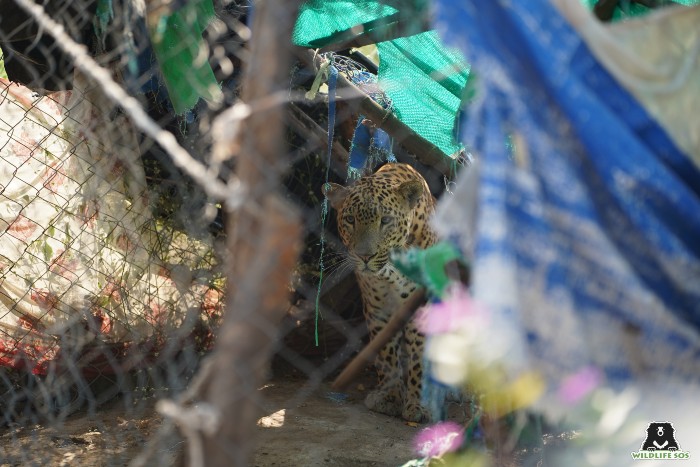
Furthermore, if sugarcane farmers in Maharashtra come across leopard cubs in their plantations, they inform the forest department and Wildlife SOS about their presence so that a scientific way of reuniting them can be undertaken. The reunions happen during zero human disturbance, and camera traps are placed to record the entire process. After 15 years of successfully reuniting cubs with their mothers, Wildlife SOS recently completed the official reunion of the 100th cub in December 2022.
Covering Open Wells
Open wells, numbering in the thousands, continue to dot the landscapes near forests. But these wells can turn into pits where wild animals fall to their deaths, and leopards find themselves in this predicament quite often. To date, Wildlife SOS has rescued over 40 leopards from drowning in open wells in Maharashtra. While these leopards were safely rescued and released, their fates could have been drastically different had our rescue team arrived even a little late. To solve this issue, Wildlife SOS initiated the Open Wells Conservation Project.
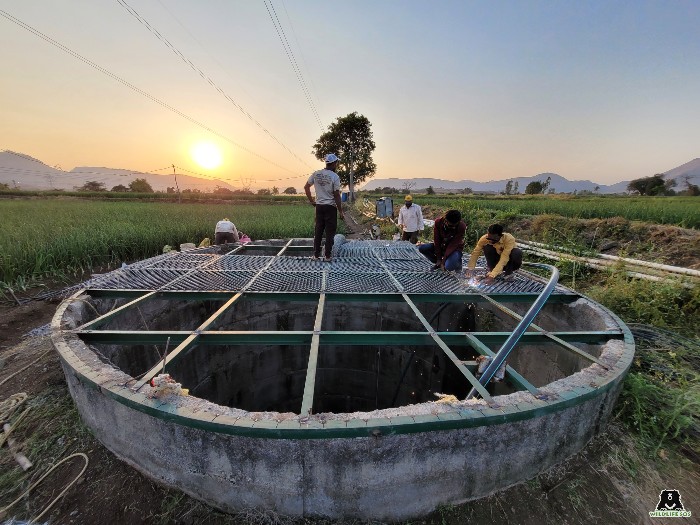
Our team discovered that filling the wells was not an option as most of them still serve the communities as an integral water source. Furthermore, the risk of falling depended on the location and surrounding fauna of the well. Our team identified wells from which we have previously rescued wildlife. Currently, in Phase One of the project, Wildlife SOS aims to cover 40 wells that are known to be a risk to wildlife.
A crucial aspect of carrying out the project is to involve the villagers residing close to the area and get their consent to cover the wells. This can prevent any animal from falling into it while simultaneously ensuring that the well does not lose its function as a water source. However, we need to remind ourselves that such measures have to be taken due to unplanned clearing of forests. As more forests are decimated, only to be replaced by human settlements, more wells are sure to follow. International Day of Forests comes as an opportunity to raise awareness about the repercussions faced by wildlife due to aggressive invasion of their habitats. In order to mitigate such incidents in future, we have to preserve the remaining wilderness so that the leopards have their habitat to themselves.
Click here to help us cover open wells in Maharashtra, and create a safer landscape for leopards as well as other wild animals who are victim to this invisible danger.

